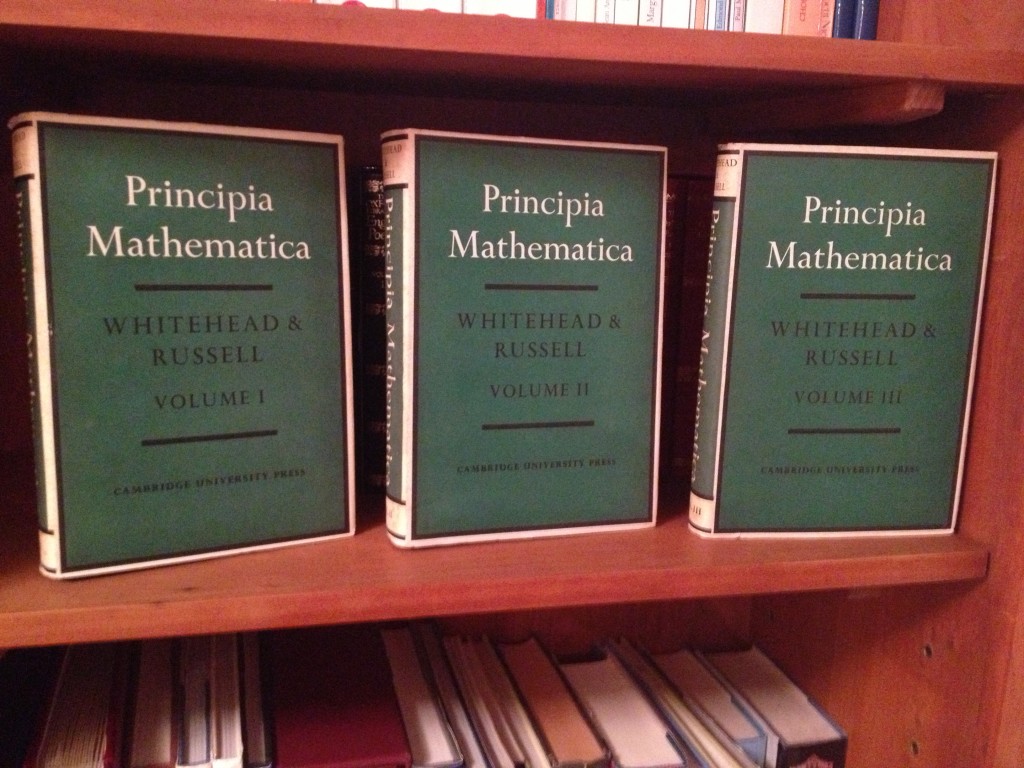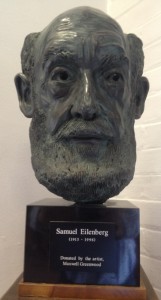Recipients of the University of Copenhagen’s Gold Medal in Mathematics and Economics for the years 1940–1980.
| Year | Mathematics | Economics (“Statsvidenskab”) |
| 1980 | Lars Tyge Nielsen | None |
| 1979 | None | Lars Tyge Nielsen |
| 1978 | None | None |
| 1977 | Jesper Laub | None |
| 1976 | None | None |
| 1975 | None | None |
| 1974 | Susanne Aref | None |
| 1973 | Dorte Olesen | None |
| 1972 | None | None |
| 1971 | None | None |
| 1970 | Søren Jøndrup, Knud Lønsted | None |
| 1969 | Christian Berg | Birgit Grodal |
| 1968 | None | None |
| 1967 | None | None |
| 1966 | Søren Johansen | None |
| 1965 | None | None |
| 1964 | Arne Brøndsted | Erling B Andersen |
| 1963 | None | None |
| 1962 | None | None |
| 1961 | None | None |
| 1960 | None | None |
| 1959 | None | None |
| 1958 | None | None |
| 1957 | None | None |
| 1956 | None | None |
| 1955 | None | None |
| 1954 | None | None |
| 1953 | Frans Handest | None |
| 1952 | None | None |
| 1951 | None | None |
| 1950 | Sigurdur Helgason | None |
| 1949 | None | None |
| 1948 | None | None |
| 1947 | None | None |
| 1946 | None | None |
| 1945 | Ole Rindung | None |
| 1944 | None | Bent Hansen |
| 1943 | None | None |
| 1942 | Thøger Bang | None |
| 1941 | Helge A. B. Clausen | Hans Julius Brems |
| 1940 | None | None |
Sources include the University of Copenhagen Annual Review (Københavns Universitets Årbog), the Royal Library (Det Kongelige Bibliotek, KB), and the Faculty of Social Sciences, among others.

